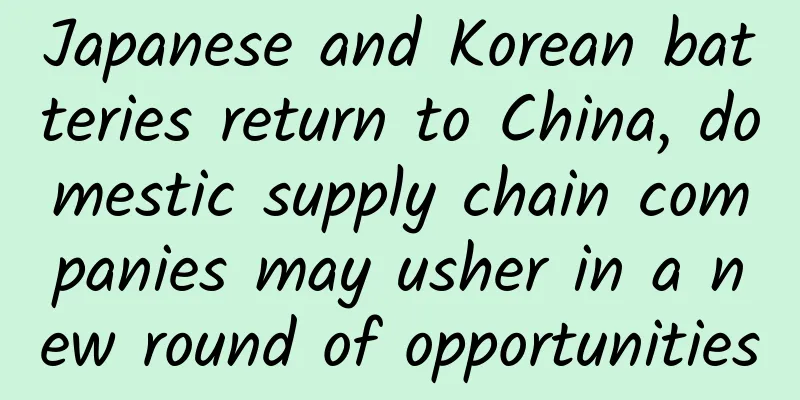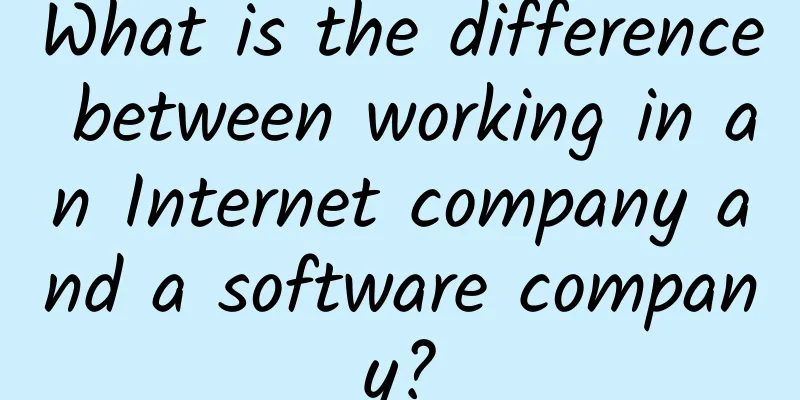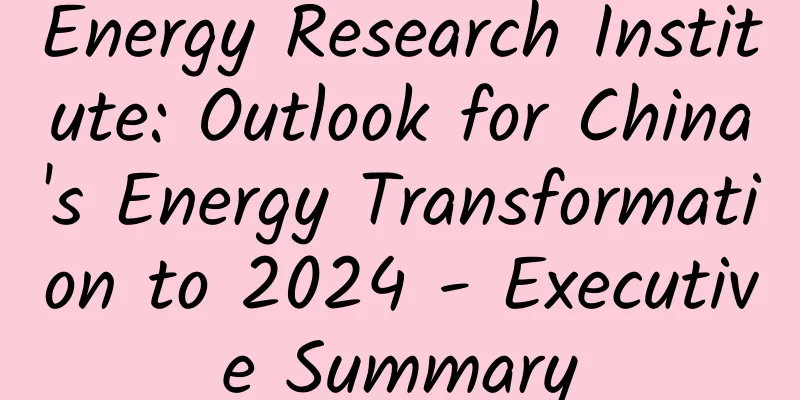Japanese and Korean batteries return to China, domestic supply chain companies may usher in a new round of opportunities

|
Japanese and Korean power battery giants have begun to return to the Chinese new energy vehicle market after the subsidy withdrawal in 2020. This has opened up a new round of opportunities for domestic lithium battery companies to introduce international supply chains. On May 8, LG Chem and Huayou Cobalt signed a cooperation agreement to jointly build a power battery cathode material project. It is reported that the project has a planned production capacity of 100,000 tons, is scheduled to start construction in September, be completed and put into production in September next year, and officially go into mass production in May 2020. In order to maintain a stable supply system, Japanese and Korean battery companies will inevitably discover and cultivate some local Chinese suppliers with core technical potential, from upstream materials, structural parts to manufacturing equipment, or form strong alliances with strong suppliers to reduce costs, enhance market competitiveness and build a stable supply system ecosystem. If domestic suppliers can enter the supply chain of world-class enterprises, excellent business conditions will help to ensure corporate profit margins and cash flow, and help them escape from the domestic price war. More importantly, with the support and guidance of international manufacturers, the comprehensive strength of suppliers in terms of technology, quality control, etc. will be able to be improved step by step. As Japanese and Korean battery companies accelerate their localization in China, a large number of leading companies in specific segments are likely to benefit directly. In terms of maintaining supply chain stability, Japanese and Korean companies have taken a series of actions in upstream materials and have already selected some domestic suppliers for long-term cooperation. At present, Japanese and Korean battery companies have already incorporated a few Chinese suppliers into their systems in the fields of upstream materials, structural parts, etc. However, in terms of equipment, since Japanese and Korean local companies have a long time of accumulation and relatively leading technological advantages in the equipment field, they are still very cautious in choosing domestic equipment, and the verification cycle is relatively long. A senior executive of an equipment company told Gaogong Lithium that very few equipment provided by Chinese companies can be seen on the production lines of Japanese and Korean battery companies. The reasons are: first, the industrial foundation of most lithium battery manufacturers is weak; second, the changes in domestic technology routes under policy guidance have led to frequent changes in equipment process directions; third, the frequent changes in technical personnel have many unstable factors. However, some domestic equipment companies have already been recognized by Japanese and Korean battery companies. When Pioneer Intelligent entered the lithium battery equipment industry in 2008, it provided key digital and power lithium battery equipment to Japanese and Korean lithium battery manufacturers such as Sony, Panasonic, and Samsung. According to the IPO prospectus recently released by Hangke Technology, the company's sales to LG Chem reached 119 million yuan from January to June 2018, making LG Chem the company's largest customer. In 2017, the company's top two customers were Samsung SDI and LG Chem, with sales of 139 million and 137 million yuan respectively. As a winner of Toutiao's Qingyun Plan and Baijiahao's Bai+ Plan, the 2019 Baidu Digital Author of the Year, the Baijiahao's Most Popular Author in the Technology Field, the 2019 Sogou Technology and Culture Author, and the 2021 Baijiahao Quarterly Influential Creator, he has won many awards, including the 2013 Sohu Best Industry Media Person, the 2015 China New Media Entrepreneurship Competition Beijing Third Place, the 2015 Guangmang Experience Award, the 2015 China New Media Entrepreneurship Competition Finals Third Place, and the 2018 Baidu Dynamic Annual Powerful Celebrity. |
<<: Tesla's door locks have a security flaw that can be easily stolen in seconds
>>: NIO has finally gone public, where will its next life-saving straw be?
Recommend
OPPO R7 Plus review: The enlarged "heartthrob" is even more beautiful
OPPO R7, known as the "heartthrob", is ...
Kuaishou Operation丨The delivery and process of Kuaishou advertising
According to the "2019 Internet Service Indu...
Detailed explanation of the broadcast mechanism in Android
[[436469]] Preface Each application in Android ca...
What does server rental mean? What is the difference between renting a server abroad and renting a server in China?
What is the difference between renting a server a...
How much does it cost to customize the Yangzhou fabric mini program? What is the price quote for Yangzhou fabric customization through the mini program?
More and more businesses are paying attention to ...
Daily Fresh Product Analysis
With the development of the Internet, many servic...
How to screen for the 9 most common cancers? The more expensive, the better!
Source: Youlai Healthy Life...
Don't lose weight randomly! These unreliable weight loss methods may damage your bones
The matter of losing weight The most difficult pa...
Bullfrog is a food safety disaster area. Can't eat it? Remember these four points and eat it with peace of mind!
Author: Ruan Guangfeng, Deputy Director of Kexin ...
6 major concepts to help you keep a normal mind and walk the road of operation
The Internet+ wave is rolling, attracting all use...
China imposes visa restrictions on these US personnel! Who are they specifically? Details attached!
On June 29, Foreign Ministry Spokesperson Zhao Li...
Heshi Media Han Yuqianchuan's advertising, account operation, and live broadcast training courses
Introduction to the course resources of Han Yuqia...
Copywriting methodology: 1 theme, 3 routines, 5 types and 4 psychological cognitions
Sometimes I wonder what the essence of copywritin...
Exploring the PHP kernel: PHP's FastCGI
CGI stands for Common Gateway Interface, which al...
The Economist: In January 2024, the rise of DeepSeek triggered a boom in China's AI industry, and the Hang Seng Technology Index rose by more than 40%.
The Economist published an article titled "T...









